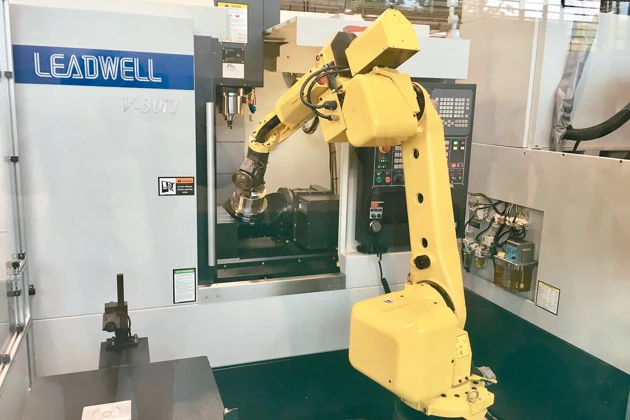MOEA Proposes Major Tax Incentives to Boost AI and Green Tech
2024/08/14 | By Andrew Hsu
Taiwan`s smart machinery investment tax credit, which is set to expire at the end of this year, is on the verge of receiving an extension with broader applicability and enhanced benefits. The Ministry of Economic Affairs (MOEA) is preparing an amendment that would expand the scope of the tax credit to include artificial intelligence (AI) and net-zero emissions initiatives. Additionally, the proposed amendment seeks to double the current credit rate from 5% to 10% and increase the maximum allowable expenditure eligible for the credit. The implementation period would also be extended by five years, pushing the new expiration date to the end of 2029.
Currently, Taiwan`s regulations provide investment credits specifically for intelligent machinery, 5G, information security, and other emerging technologies. Eligible expenditures must total between $1 million and $1 billion within the same assessment year. Upon approval of an investment plan, companies can choose to offset their current year`s income tax by up to 5% of the expenditure or spread it out over three years at a 3% offset rate. However, this tax credit is set to expire on December 31 of this year.
In response to the industry`s evolving needs, the MOEA`s draft amendment proposes expanding the tax credit`s applicability to include AI and net-zero emission projects. This means the credit would now also cover the purchase of AI and carbon-reducing software, hardware, and technological services, including Electronic Design Automation (EDA) tools used in the IC design industry.
Government officials have noted that while AI was previously included under intelligent machinery projects, technological advancements have led to many AI applications that do not require integration with hardware. Also, AI training, in particular, demands significant computing power, often involving high-cost industrial computers priced in the millions. To accommodate this, the amendment proposes listing AI as a separate category, encouraging more diversified AI applications within the industry.
Regarding the subsidy model, officials have suggested raising the maximum expenditure limit above the current $1 billion cap due to the high costs associated with AI equipment. The exact amount is still under negotiation. Additionally, the proposal to increase the credit rate from 5% to 10% aims to provide manufacturers with more substantial financial incentives, allowing them to benefit from larger tax credits on their qualifying investments.




